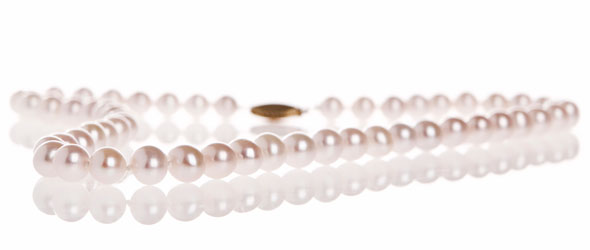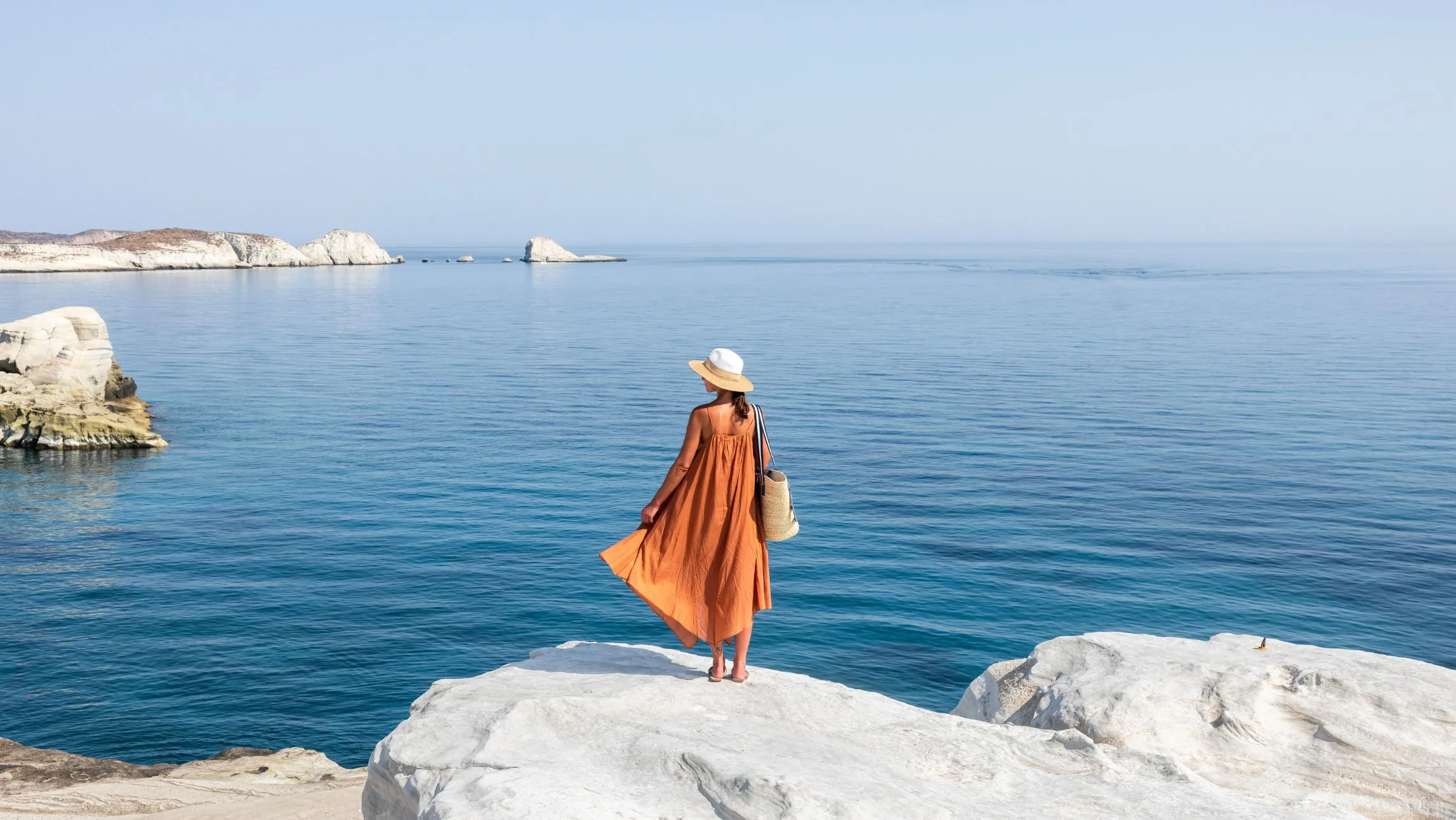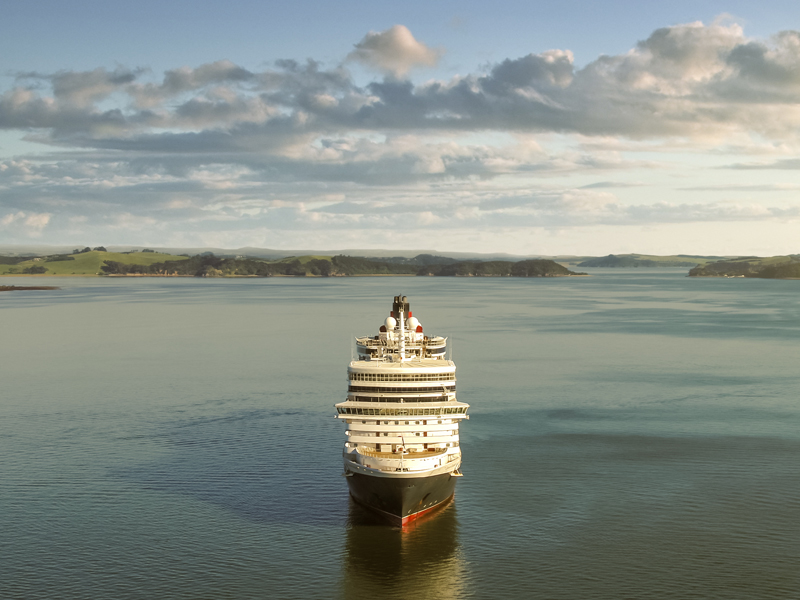Shopping in port is one of our favourite pastimes. Here’s Cruise Passenger’s guide to finding the world’s best buys. Words: Kris Madden.
1. PRECIOUS PEARLS
In ancient Rome, pearls were said to be made by the gods from the early morning dew of heaven, but one could argue that Tahiti is the best place on Earth to shop for them. Commonly known as ‘black pearls’, Tahitian cultured pearls range widely in price, size, shape and colour, from the darkest black to shimmering shades of green, blue, bronze, aubergine and pink. There are dozens of pearl retailers on all the islands, including Bora Bora and Moorea; at pearl farms on Huahine, Taha’a; and throughout the Tuamotu atolls.
Japan also has a long, cherished history of pearl harvesting, using pearls in everything from beauty products to medicine as well as fashion. Kokichi Mikimoto introduced the cultured pearl industry to Japan and world-famous, high-quality Mikimoto pearls can be found at stores in the ports of Osaka, Yokohama and Tokyo.
Broome, the gateway to Western Australia’s Kimberley region, has a multicultural mix shaped by its pearling history. About a century and a half ago, Japanese, Filipino and Malay pearl divers arrived here in droves seeking their fortunes. Today, pearl farms have replaced open-sea diving and a handful of successful family-run companies, notably Paspaley and Willie Creek, continue to provide the world with exquisite, high-quality pearls.
2. INDIGENOUS ARTEFACTS
Samoa’s handicrafts are among some of the best in the South Pacific. Inexpensive bags, baskets and mats woven from pandanus fibres make good presents and souvenirs. In Samoa’s markets, you‘ll also find fine examples of siapo (Samoan tapa, cloth made from bark, rubbed or imprinted in intricate designs) and beautifully carved ceremonial kava bowls, tribal clubs and spears, as well as coconut-shell jewellery, printed t-shirts and the local version of the sarong, called a lava lava.
The Victoria & Alfred (V&A) Waterfront shopping centre in Cape Town, South Africa is one of the best places to look for all things African. Popular buys include tribal artefacts, baskets, carved wooden sculptures, animal-hide rugs and cushion covers, ostrich eggs, textiles and beaded jewellery from all over Africa.
Papua New Guinea is the place to shop for authentic tribal masks and artefacts. The capital, Port Moresby, has duty-free shops and several excellent craft outlets that are stocked with artefacts from around the country. While on your cruise, you might pick up a rare piece in any of the remote villages on the islands along your route.
3. DUTY-FREE GOODS
Port Vila, Vanuatu is one of the last genuine duty-free ports in the Pacific. Along its main street are a number of duty-free shops selling electrical goods, jewellery, French perfume, bags, CDs, cosmetics, liquor and French crystal, at which savvy shoppers can make great savings.
Caribbean island ports are famous for their concentration of duty-free shopping: here, visitors can find deeply discounted jewellery, watches, perfume, liquor and other goods. Charlotte Amalie on St Thomas in the Virgin Islands is one of the best, with hundreds of duty-free shops. With no charges levied on goods entering or leaving the island, the two-nation island of Sint Maarten/Saint Martin is one of the few completely duty-free ports in the world. Here, you’ll find brand-name boutiques such as Tiffany and Co., Tommy Hilfiger, Cartier and Lalique, close to the cruise terminal.
In Nassau in The Bahamas, perfume prices are regulated by the government. French and American perfumes, colognes and aftershaves (plus a scattering from other places) are sold in Nassau’s fragrant ‘perfume bars’ as well as in many clothing stores.
Dubai was last year voted as the best duty-free shopping city in the world in a survey of more than 8 million visitors by the British-based Skytrax group. Dubai has the best selection of goods in the Middle East region, although neighbouring Abu Dhabi is fast catching up.
Remember you need to present your passport and cruise ticket before you may buy goods at most duty-free shops. Make sure you’ve researched prices before you leave home so you’ll know a bargain when you see it, and when to cut your losses.
4. DESIGNER GOODS AND QUALITY FAKES
In downtown Los Angeles, Santee Alley is the place to snap up designer knock-offs at bargain-basement prices. At this open-air bazaar, you will find an assortment of clothing, shoes, sunglasses and handbags, jewellery and DVDs – but be sure to bargain.
Today, many of the buildings along the famous 19th-century waterfront strip known as The Bund in Shanghai, China are occupied by designer shopping arcades housing the stores of Louis Vuitton, Chanel, Hugo Boss, Lanvin, Gucci and the like. Nanjing Road features top-end designer brands from all over the world. For authentic-looking copies, go to the Yatai Xinyang Fashion and Gift Market.
Thailand, like many countries in Asia, is famous for its ‘counterfeit culture’. Walk through any tourist market in Bangkok, Phuket or Pattaya and you will replica Prada, Gucci, Fendi and Louis Vuitton bags openly displayed on stalls. Be aware, though, that the local authorities have clamped down on vendors and buyers of fake brands in Thailand and China in recent years.
For the real thing, the Polo Ralph Lauren Factory Store is within walking distance of the port in Puerto Rico; and New York is still one of the best places for fashion sales and outlets.
5. TAILOR-MADE FOR YOU
Not many places beat Vietnam for bargains on tailored clothing. Local artisans tend to cluster together in particular neighbourhoods: along Hang Gai Street in Hanoi, in Nguyen Duy Hieu and Le Loi streets in Hoi An and around Dong Khoi Street in Ho Chi Minh City. You will need at least 24 hours in port to select fabric and styles, get fitted for garments and collecting the finished products. Yaly Couture in Hoi An caters to men and women and, while it is one of the most expensive tailors in town, the extra cost is generally worth it. In Ho Chi Minh City, try Viet Thanh and Cu Thanh in Hanoi or ask the crew for their recommendations.
Hong Kong is another bargain-hunter’s paradise when you’re looking for high-quality tailored clothing. Check with the crew, as some tailors will even come on board to measure you up. Punjab House in Tsim Sha Tsui was once the tailor of choice for Hong Kong’s British colonial gentry and brings more than 100 years of suit-making experience to the table. The superior quality of Punjab House’s suits makes the extra cost worth the investment. Jim’s Tailor Workshop in the Admiralty Centre is a favourite among Hong Kong expats and locals.
Singapore and Bangkok are other cities in which visitors can get a suit, shirt or coat made in a day.









You can certainly see your enthusiasm in the article you write.
The world hopes for more passionate writers such as you
who aren’t afraid to say how they believe. At all times follow your heart.